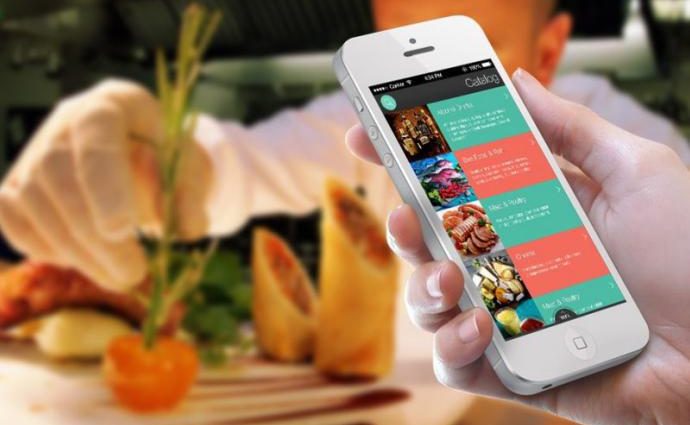They way we feel about food changes from decade to decade. In the 1930s, 40s and 50s, our main concern was finding enough food to feed ourselves with restrictions and rationing in place during World War Two (although, this tended to be more of a nuisance than an actual hardship to Canadians, unlike in other parts of the world).
This led to some truly ingenious dishes being invented using the cheapest ingredients, and bulking out meaty dishes with beans, lentils or potatoes – anything that would fill hungry bellies until the next time.
Later on, in the later 50s and the 1960s and 70s, there was plenty of food to go around, and it became cheaper and cheaper. Most of us did not realise it then, but this was because food manufacturers were working out ways to eke out real food with additives and bulking agents: creating a lot of food for low prices.
Initially this seemed to be a good idea, a way to end the horror of hunger and famine left over from the Great Depression and the war.
However, as food has become increasingly unhealthy: fattening us while lacking nourishment, leading to the paradoxical instances often seen by medical professionals of morbidly obese people who are malnourished or suffering from nutritional deficiencies.
In the last twenty years or so, there has begun a long, slow swell of disagreement with accepted views on nutrition and diet, and this has led to the rise of the foodie.
What is a Foodie?
Foodies are people who are very interested in their food, not in the quantity so much as the quality. People firstly want to know what is in the food, and avoid anything that they cannot pronounce or that they do not instantly recognise as being a foodstuff.
Food, they say, should not have ingredients, it should be ingredients. Foodies come in a range of preferences, from plant-based eaters, either vegan or vegetarian, to welfare-standard, free-trade, ethical gourmands, and everything in between.
We all like to enjoy a meal prepared by someone else, but we do not always feel like going out to eat, especially when it is snowing or raining, as often in winter when it also tends to be cold and dark quite early on.
Why not cater to the discerning hungry with a foodie outlet that delivers? Most fast food delivery services cater to the pizza, burger and junk food crowd, but there is a sizeable gap in the market for offering a customised food service for those who prefer to curate their eating habits a bit more rigorously.
If you are passionate about good food, and have always cherished a dream of catering to those with similar tastes, then setting yourself up in business could be the answer for you.
While catering for such individual tastes might be a bit trickier than putting together a burger, but it is still infinitely doable. Many foods can be safely frozen for months, and any fresh produce can be bought daily in the amounts needed.
Shopping locally, using local farmers, is a great way to be accountable to your customers, many of whom will want to know where the food came from, and if, in the case of meat, the animals were reared with kindness and then slaughtered humanely. Buying local will also reduce the carbon footprint of your food, making it more desirable to those with ethical considerations.
How Do I Get Started?
As with setting up any business, your first port of call will be to come up with a company name and register it with the Companies Registrar. If you cannot think of a name by yourself, you can use a business name generator to help you come up with some good choices.
Design a logo for your eatery, or hire a designer to come up with one for you and draw up your menu. In the meantime, start talking to food suppliers about your needs. It is best to start off small, offering a fairly limited range of products that you can put together to create the customised dishes that you will offer, and then gradually increase your product range as you meet new suppliers that can satisfy your standards.
Your next step will be to work out delivery logistics. You could save yourself a lot of work and stress by signing up with a food delivery network, or you could retain your independence by employing one or two people to make the runs for you.
You will have to weigh up the costs, and any pros and cons of running the delivery service yourself, and decide which is the best option for you.
Running such a business will be difficult and stress, especially at first, and you must be passionate about providing real food at good prices in order for all the hard work to be worth it in the long run.
But if you persist, and make your dream come true, it will not be long before you are thinking about opening a second branch or even a third!
